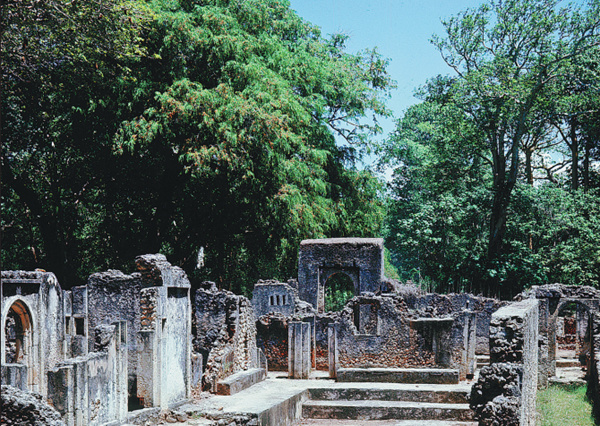

Visitors can walk along the nature trail network that hosts diverse wildlife, including 40 species of plants, and leads to lesser ruins throughout the forest. It also features a gallery, displaying items excavated from the site, including old Chinese coins.
Forest birds like Turacos, Malachite Kingfishers, Paradise flycatchers and African Harrier Hawks can be seen from a treetop platform.
The deciduous forest is also home to wildlife like monkeys, duiker antelopes, golden-rumped elephant shrews and galagos.
Gede's ruins remain significant because they bear testimony to the lives and cultures of 12th-century Africa. The site offers insights into the economy, architecture, lifestyles, social structure and other aspects of ancient African civilizations. Its history and architecture also represent the culture of the Swahili communities in East Africa.
The Gede ruins have been nominated for consideration as a UNESCO World Heritage Site.
The settlement's history is intricately linked to what was happening in other Swahili communities along Africa's eastern coast. Its architecture is similar to the historic cities of Kilwa Kisiwani and Songo Mnara in Tanzania, given their common legacies.
And Gede continues to provide prosperity, especially to the locals who earn incomes through tourism, as this dead city takes on new life.
OTIATO OPALI in Nairobi, Kenya